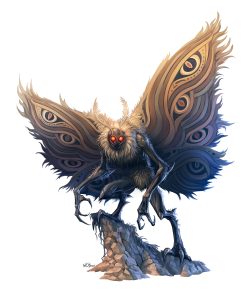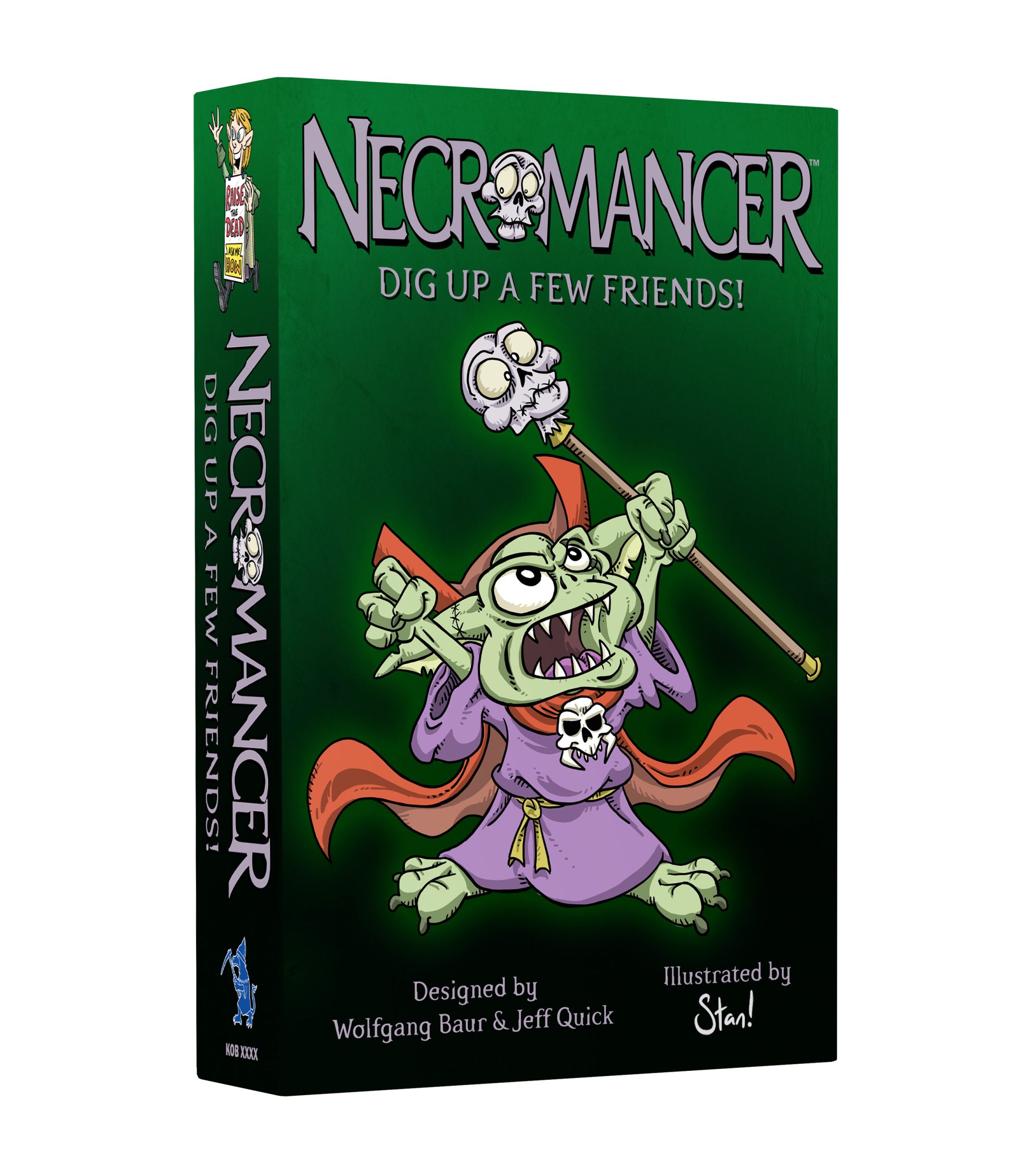Kobold Press CEO and Kobold-in-Chief, Wolfgang Baur, is here to give you some insight on the state of the industry!

With the release of Monster Vault 2, I figured it was as good a time to dive into the subgenre of tabletop that I love best: monster books, bestiaries, and every collection of fiends and foes. Give me a tome full of the best beasties and I’m a happy guy.
Monster books have changed a lot over the years, but the inspiration is clear and goes back to the medieval bestiaries of Europe. Hand lettered and hand illustrated, they were the product of bored monks writing about serpopards, bonnacons, catoblepas, rhinocerii, and barnacle geese for the education or entertainment of other medieval monks. Because not everyone could read, they are known for their art. And because monsters are scarier when you can picture them, these compendiums are lavishly illustrated (the more things change).
Take a look at this Basilisk art! It’s from the 12th century! Does it look familiar? Of course it does, and it appeared in a favorite low-level adventure that I ran for my in-laws last Thanksgiving.

Bestiaries I Have Known
Now, the medieval bestiaries are often total fibs from start to finish. But they are clearly the foundation of what I think was the first hardcover bestiary for a tabletop RPG, the AD&D Monster Manual of 1977. Some of the medieval creatures like basilisk, catoblepas, lamia, and leucrotta appear in that first AD&D Monster Manual. Gygax knew the creatures of the period, and he (correctly) figured they belonged in pseudo-medieval games.
Elder gamers may recall this tome from days of yore, but for most people, it’s ancient history, so let’s pick that one apart a bit. It’s weirder than I remembered.
Once we review the origin point for gaming, I’ll compare it to the modern state of the art, understanding that it’s been 48 years of development and refinement since then. There are some clear trends in the “history of monster books.” And there are some hilarious quirks in the olden days.
It Came from 1977!
The first Monster Manual was a modest tome. It was a small hardcover, 112 pages in black and white, and perhaps a quarter of the creatures were not illustrated at all.
Art is always the way a monster makes a first impression, and sometimes the only visual clue for a strange or outré beast. Yet there’s no art for the gelatinous cube! There’s nothing for the merchant or the otyugh or any of the dozens of normal, real-world animals (no leopard, lynx, mammoth, or mastodon). The giant gar gets a stunningly awesome illustration by Trampier, but it’s the exception. There’s nothing to engage the eye for that staple of tabletop, the giant rat.
Art aside, this is clearly very early in D&D history. There are fully 28 stat blocks for dinosaurs (including the plateosaurus, the styracosaurus, teratosaurus—all unillustrated. Frankly, until today I had no idea what most of these really looked like.
Perhaps the lesson is that tabletop in the ‘70s was apparently ALL ABOUT fighting dinosaurs, and that trend might be a relic of earlier genre fiction: planetary romance and pulp SF novels about time travel or lost worlds were common tropes that might have loomed larger in a culture where Land of the Lost was an actual TV show. Other dinosaurs in this large section are more familiar than plateosaurus. For instance, a T. Rex and an unillustrated Triceratops, but . . . well, add up the humans, the real-world animals, and the dinosaurs, and you find that roughly a third of the 300 named monsters with a bold heading are not fantasy monsters at all! At least, not as we might think of them today.
Things begin with the various herd animals, small mammals, and move to multiple giant fish, such as the giant gar and the giant pike, which show this volume was clearly the work of a Midwesterner who loves to fish (Did Gygax fish?).
Then come the big guns: a horde of more than two dozen dinosaurs. And then . . . a modern reader might consider a lot of this padding: two kinds of wolverines. Five spiders. A giant beaver. You get the idea. There were four or five monsters on each page!
Pearls Beyond Price
Among all the padding, the true jewels in this antique volume are creatures that resonate in D&D and tabletop games to this day: the displacer beast, the gelatinous cube, the beholder, the owlbear, the roper, not to mention a LOT of juicy demons and devils. You won’t find everything that we might now consider core: no aboleth, no githyanki, no warforged, and certainly no bearfolk or dragonborn! But the five types of giants and the metallic and chromatic dragons are all there. It’s recognizably a D&D product, and it arrived just 4 years after the very first D&D booklets hit the scene.
Monsters were a big deal, even early on, because they were the foes that made heroes stand tall. Defeating the giant beaver or the plateosaurus was a triumph of gaming in the ‘70s! There was probably “I Fought a Giant Beaver in the ‘70s and All I Got Was This T-shirt” merch.
I’d argue that the Monster Manual’s highlights and lowlights echo things that are still important when we’re shopping for a monster book today, or creating one.
Next time, we’ll take a look at a modern version. What’s changed? What has been immovable or expanded?
Want more monsters? Let’s talk UNDEAD.
Play as a maniacal necromancer trying to raise raise an army of undead or sacrifice a squad of minions to the Well of Eternal Life.
If only those OTHER necromancers didn’t keep getting in your way!

Raise the dead or just raise your game with this strategy card game!
Read more at this site
